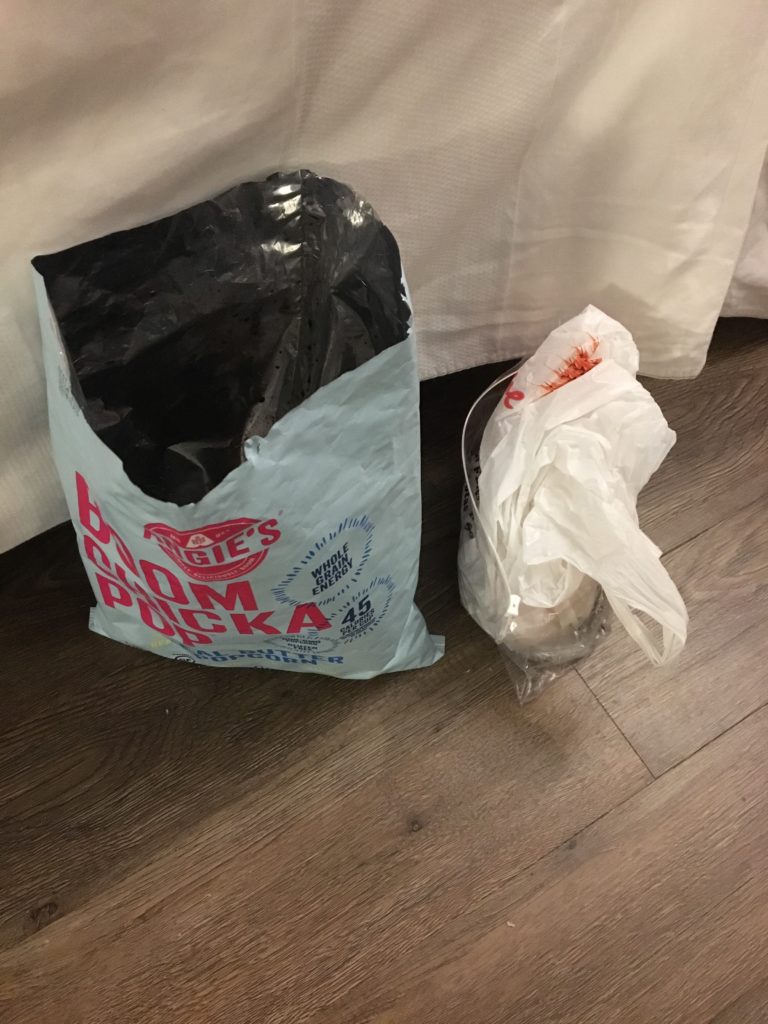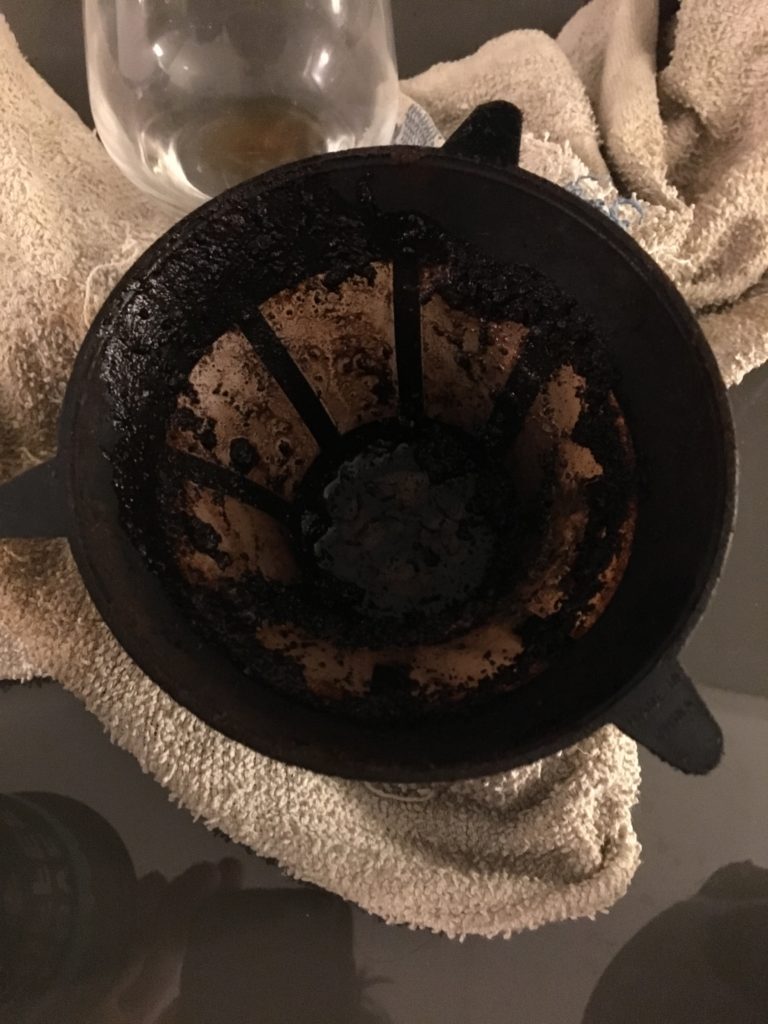When people ask why I don’t use air conditioning, I sometimes tell them (besides explaining that I don’t like to be cold, at all, EVER) that I prefer living in an open-window house for the same reason I prefer eating a peach at room temperature rather than refrigerated. It’s the best analogy I can think of. Life just “tastes” better to me when it’s not artificially chilled.
Today my open windows brought me another treat: the sound of clarinet music, being played by someone a few houses down. Technically it wasn’t beautiful music; it just sounded like someone practicing. But I experienced it as beautiful. And it struck me that I could not remember when I had last heard that sound; the sound of music being practiced (I mean, by someone other than a professional musician doing sound-check, for example). It struck me as a sweet relic of a simpler, bygone, more analog era.
Back when I lived in Tokyo, I used to love hearing people practice music in Yoyogi Park. Practicing in parks is probably more common in densely populated urban places like Tokyo or Manhattan where people live in too close quarters to practice indoors. What a treat! It made an already sweet, warm spring day even more special. Not everyone feels able to do without air conditioning, and I’m not picking on people who use A/C. I do think it might enhance everyone’s enjoyment (as well as reducing our dependence on fossil fuels, and reducing our bodies’ dependence on climate control) to open the windows at least sometimes. The world is so tasty through an open window!
So how about you? Have you tried open-air? Or, is it your default mode? If so, what are some sweet treats you’ve gotten? (And if you’ve experienced any difficulties, what are they?)
Speaking of sweet treats, here’s a truly delightful essay by one of my favorite writer/teachers, Madisyn Taylor of the DailyOM. It’s about appreciating the little pleasures of life that make us happy. A cup of hot tea; finding a puppy rummaging in the laundry basket; the laughter of a baby — simple but truly delightful things like that. (By the way, DailyOM has an e-newsletter you can subscribe to; you’ll find a link on the page. I’m a longtime subscriber and always look forward to seeing Madisyn’s name in my inbox.)


